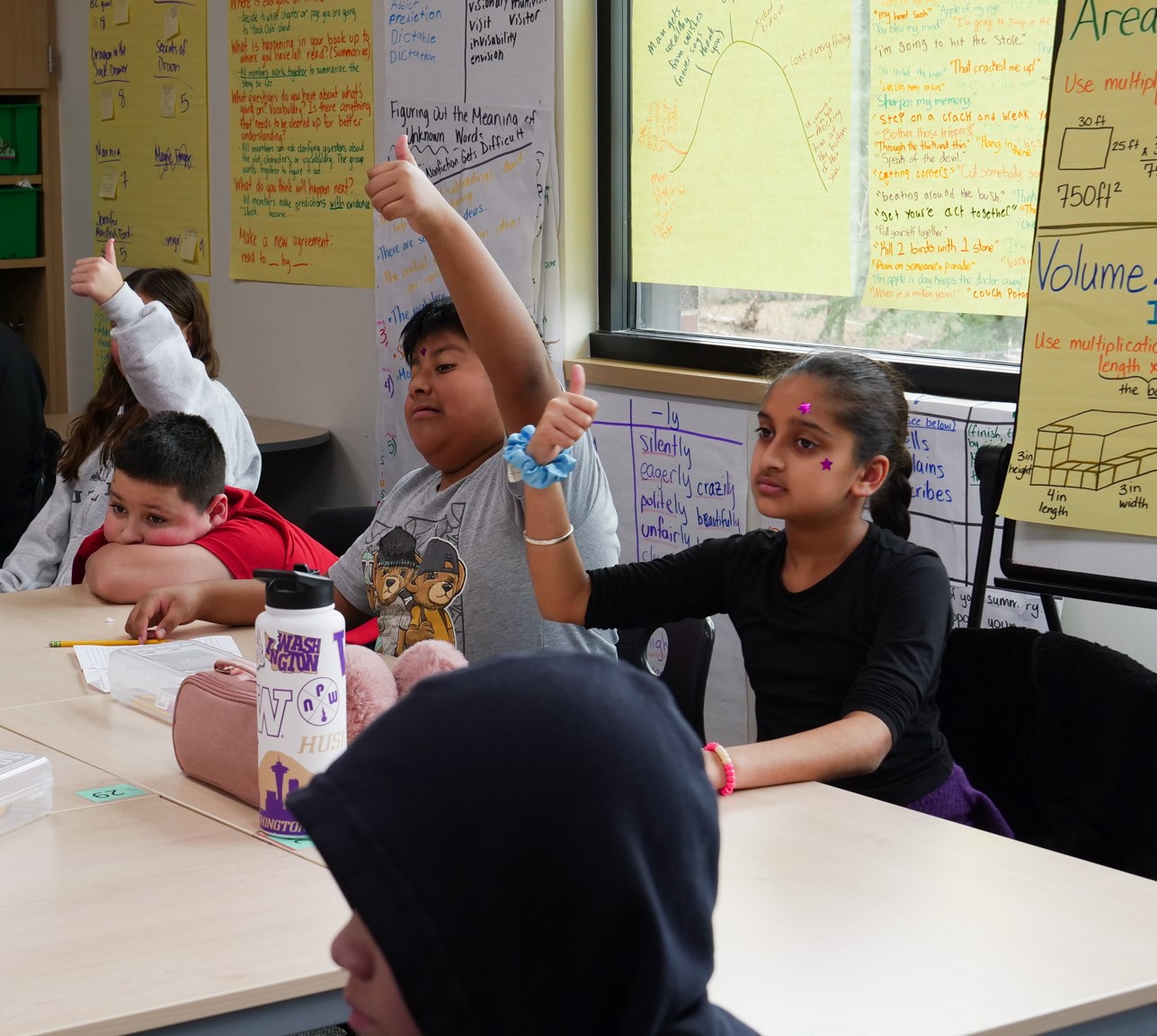As educators, it’s natural to hold onto some control in our classrooms. And, sharing that power with students opens up so many possibilities. By doing so, we not only strengthen their sense of belonging but also create a more positive and equitable classroom environment. When we allow students more ownership, we open the door to authentic relationships and discover greater joy in teaching.
Valuing student voice, choice, and agency helps to build a more cohesive school community. By providing students with opportunities to showcase their unique gifts, talents, and abilities, studies show that we also foster leadership skills and boost academic achievement. Sharing power may feel a little uncomfortable at first since it’s different from traditional classroom norms, but the results are worth it!
Here are five simple ways you can start empowering student voice and sharing power in your classroom:

Incorporate student choice into lessons
Begin by aligning lessons with your students’ interests to spark discovery, critical thinking, and identity development. You can even take it a step further by inviting students to design and lead lessons for their peers. When students feel connected to what they are learning, they engage more deeply. This article from studentcenteredworld.com provides a thorough explanation of student choice and offers lots of ideas.
Offer a project menu
Instead of assigning the same task to every student, create a menu of project options. This allows students to use their unique gifts, talents, and perspectives to contribute in their own way. For instance, rather than requiring a poster, offer options like creating a video, podcast, or team project, giving students the freedom to choose how they best express their learning.
Seek and act on student feedback
Actively asking for and incorporating student feedback shows them that their voices matter. This Edutopia article explores ways to solicit student feedback. If certain feedback isn’t feasible due to safety or other constraints, take the opportunity to have an open conversation with students about why.
Encourage counter-storytelling
Counter-storytelling allows students to share the stories that often go unheard, particularly those from marginalized groups. By making space for the lived experiences of students of color and challenging the dominant narratives, we foster a classroom where all students feel seen and valued. This not only validates those who don’t fit the mainstream narrative but also invites every student to engage more fully by sharing their truth. Here are some ideas for counter-storytelling in elementary school.
Hold class meetings for collaborative problem-solving
Class meetings are a fantastic way to encourage student voice and promote problem-solving. Use these meetings to invite students to share their ideas about challenges in the classroom, school, or community, and collaborate on creating solutions. When students help co-create solutions, they’re much more likely to follow through because they’ve invested in the outcome.
By weaving student voice into every aspect of your classroom—from lesson planning to creating agendas and solving problems—you’re not just sharing power, you’re creating a joyful, inclusive classroom community. The more students contribute, the more they understand that they matter and belong. And as a result, our school communities become stronger and more connected.
